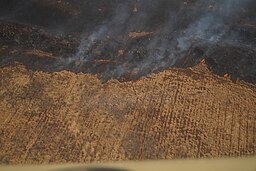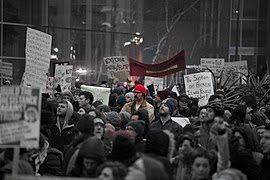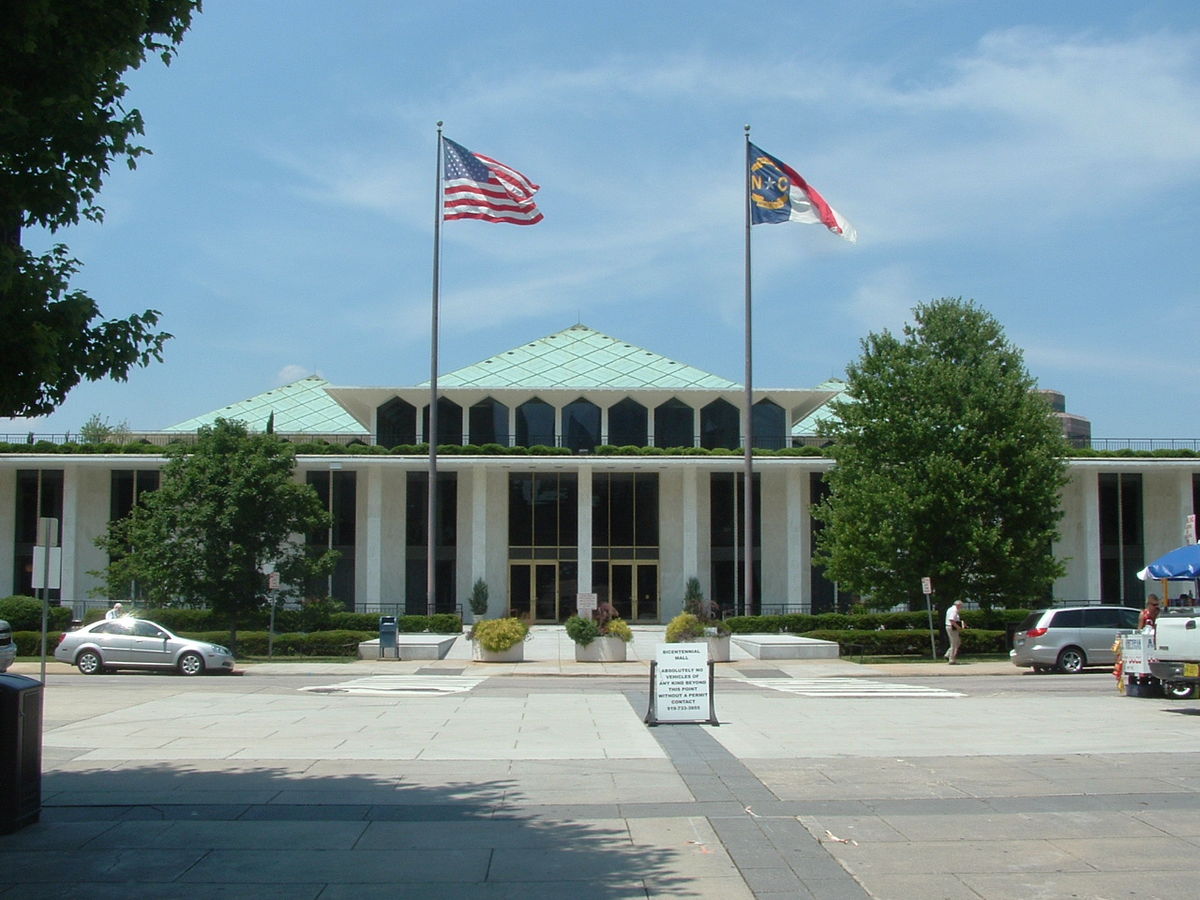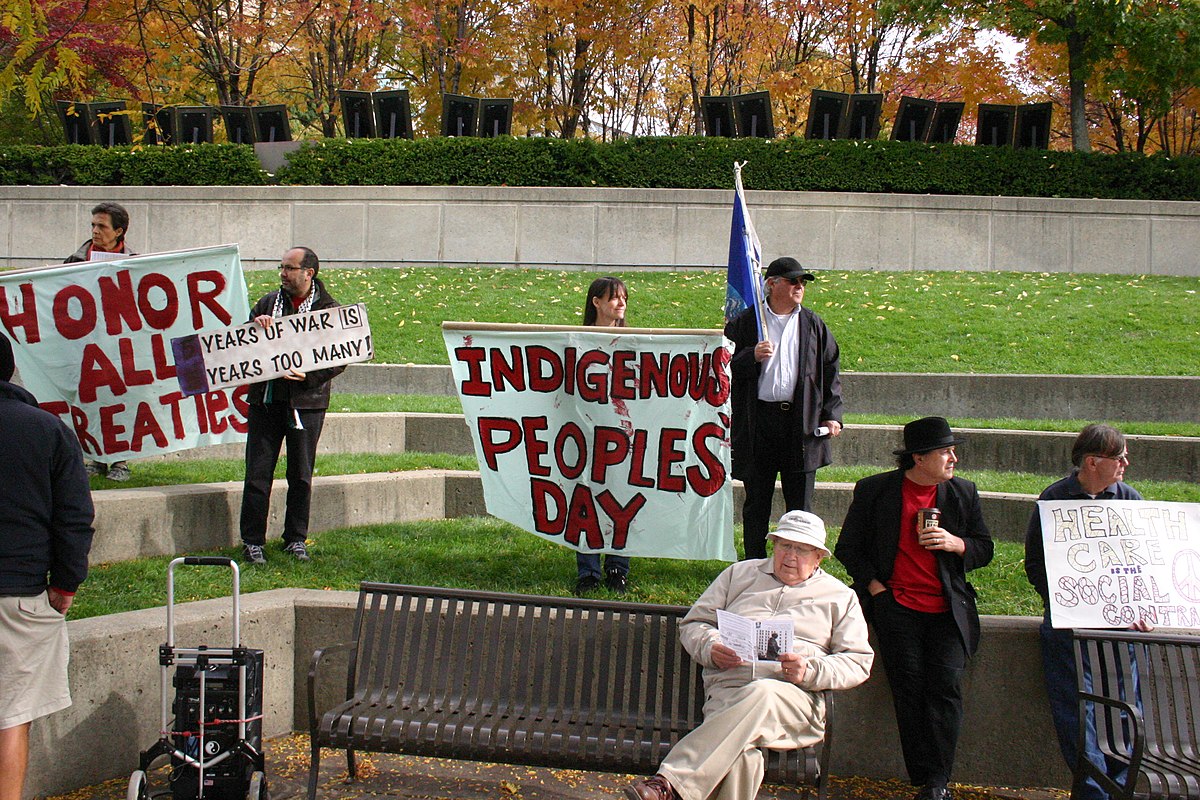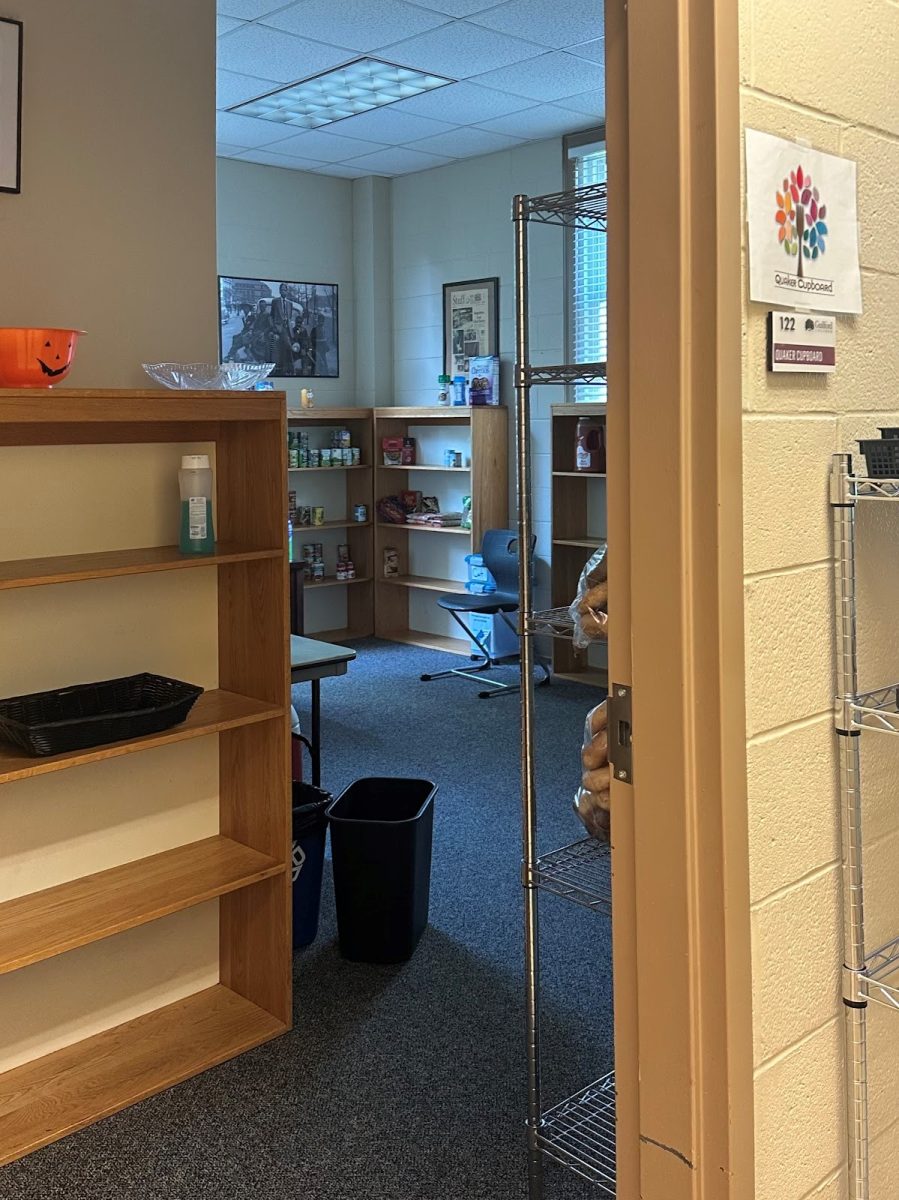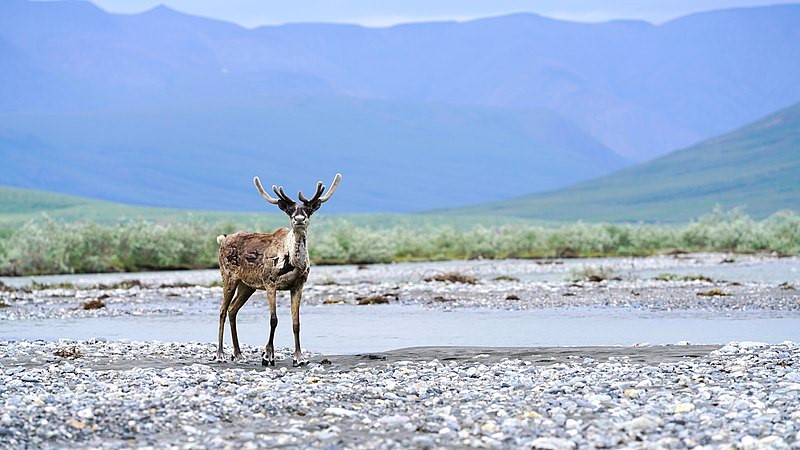On Aug. 8, the worst wildfire Hawaii has ever seen killed 115 people, decimated residents’ homes and wreaked havoc on Maui’s ecosystems. The fire was attributed to fallen power lines caused by powerful hurricane winds. Lives were lost as a result of the Maui County Emergency Management Agency’s failure to activate emergency sirens on the islands, as reported by an NBC News article. Factors such as climate change, drought, and the absence of native plant species worsened the situation, as explained by the Paleontological Research Institution.
According to Mark Joffe, a CATO Institute analyst, Maui’s fire department determined the fire was extinguished when it was not. Firefighters reportedly contained the fire, but left too early, causing the fire to gain steam and grow into a catastrophic blaze that consumed much of the historic town of Lahaina.
One of the factors that made it so devastating is the drought that Maui is experiencing due to climate change.
“If we hadn’t screwed up the climate, there’s a chance it wouldn’t have been nearly this bad,” said Christine Stracey, associate professor of biology at Guilford. She explains how a drought mixed with the intense winds of Hurricane Dora was the perfect recipe for a disaster like this.
According to NASA, because of the drier than normal conditions of a drought, plants are more susceptible to catching fire as they are deprived of their moisture. As seen in Maui, the drought made the fire more devastating than it should’ve been.
Maui isn’t the only place that is being affected by climate change. This summer, wildfires burned all summer in California, which was also under severe drought conditions. This not only affected the people of California but also other states nearby due to the vast amounts of smoke, putting people at risk of bad reactions to the poor air quality. According to The Guardian, across the American west, about two million acres of land burned this summer, hitting both residential homes and businesses.
However, the Maui wildfire’s fuel wasn’t just winds and droughts, but it turns out that early colonialism contributed as well, as discussed by Henry Carnell in an Aug. 11 Mother Jones article. .
A lot of the plants are not native to Hawaii, such as guinea grass, which was introduced to Hawaii in the 19th century by U.S. colonialism, as reported by Carnell’s article. “They (American colonists) started to introduce new monocultures such as grasses for the grazing of cattle. This takes over landscapes and these non-native monocultures and agricultures affect the hydrology, setting Maui up for an event like this,” said Tony VanWinkle, assistant professor of Sustainable Food Systems at Guilford.
“It is becoming increasingly evident that if the traditional indigenous land management had not been dismissed as primitive, it would’ve done a lot to maintain the traditional ecologies of places where wildfires would not be catastrophic,” VanWinkle said. Native plants in Hawaii have been shown to be beneficial in limiting wildfires. Yet, the non-native plants have destroyed the local ecosystems that Maui depended on, as VanWinkle explains.
Residents have recently been allowed access back into affected areas to see what is left of their homes over two months after the fires occurred on Aug. 8. According to an article by the New York Times, the death count has marked a total of 97 people killed, making this one of the deadliest wildfires in the nation. So far, the estimated cost to rebuild homes, businesses, and tourist sites has been $5.5 billion as the government and people figure out how to move forward.

